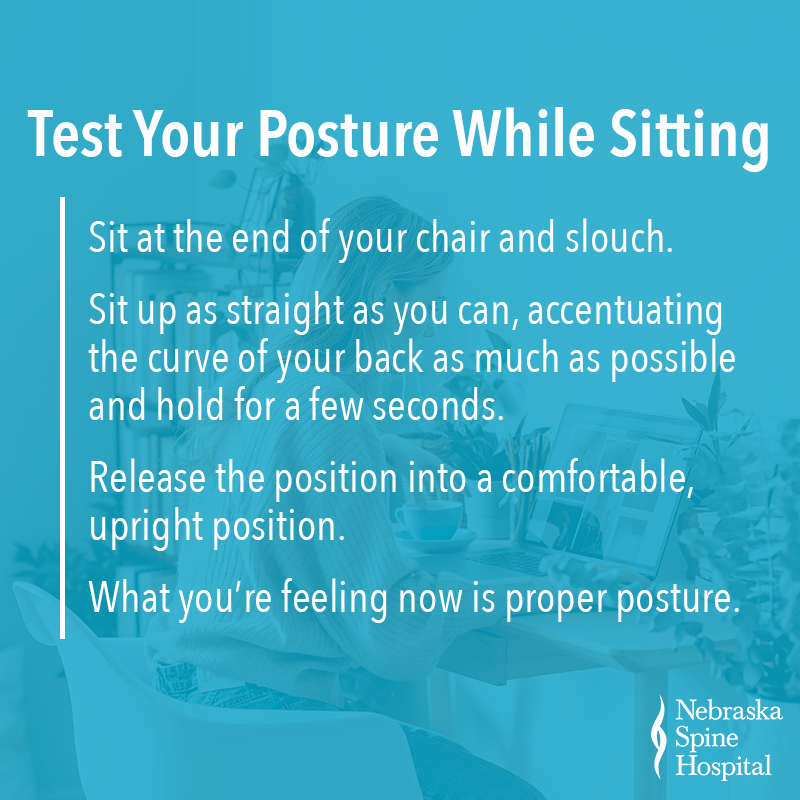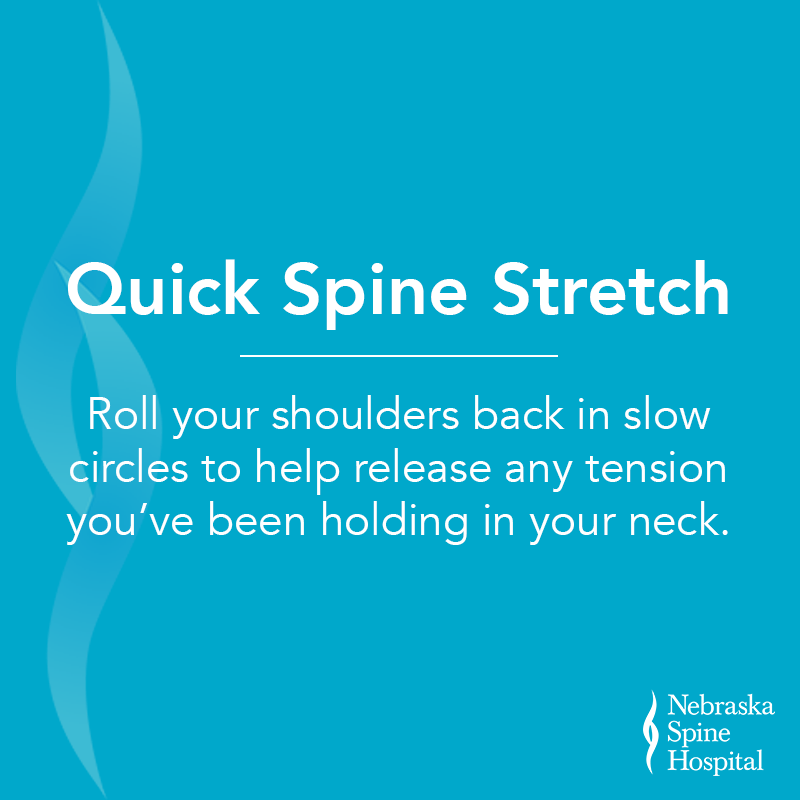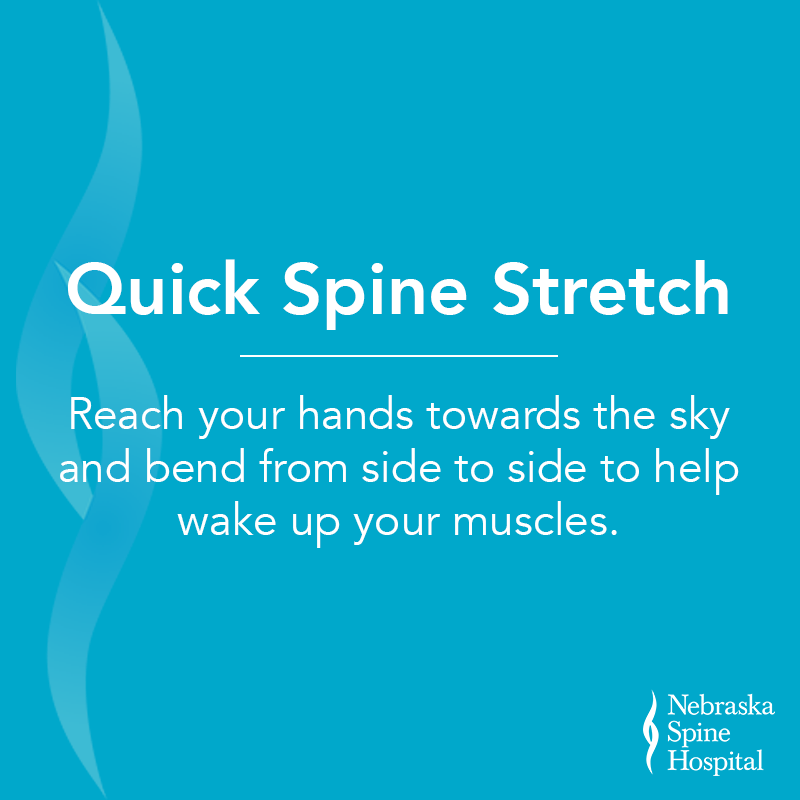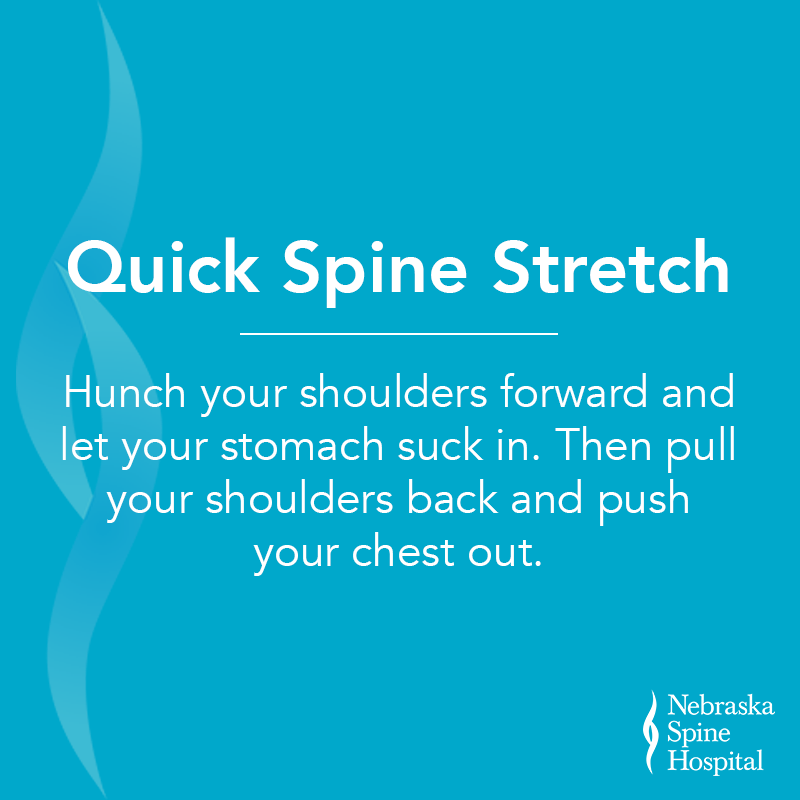Now that school is back in full swing and those lucky enough to have had the summer off from work are back to the daily grind, it’s time to talk about desk spine health. Did you know that the average American spends 13 hours a day sitting? Between sitting at a desk, in the car, and on the couch, those hours really add up.
So, for everyone out there that spends a good portion of their day at a desk, keep reading to learn all about desk spine health.
Sit Up Straight
While your mother was correct in telling you to sit up straight for all of those years, the advice ‘sit up straight as a rail’ isn’t quite correct. You never want your back to be completely straight, as it is naturally curved. When practicing proper seated posture, remember to maintain those three natural curves in your back.
Follow the steps below to ensure you have good posture.
- Sit with your back straight and shoulders back.
- Ensure your body weight is distributed evenly on both hips.
- Bend your knees at a 90-degree angle, keeping the height of your knees even with your hips.
- Rest your feet flat on the floor or a footrest, if needed, to keep your knees aligned with your hips.
You Might Also Like: Scary Facts About Poor Posture
Want to test your posture to see if you’re sitting correctly? Follow the steps below.
- Sit at the end of your chair and slouch.
- Sit up as straight as you can, accentuating the curve of your back as much as possible and hold for a few seconds.
- Release the position into a comfortable, upright position.
- What you’re feeling now is proper sitting posture.

Get Moving
As with any activity, your muscles will begin to tire sitting at your desk. With muscle fatigue comes poor posture and soon you’ll find yourself slouching, which puts extra pressure on your neck and back. So, make it your goal to take a break every half hour. You can get up to grab a cup of water, take a lap around the building, or even just take a phone call standing up.
Quick Tip: We find it’s easy to forget to get moving every half hour, so we recommend setting a recurring reminder on your phone or computer.
Invest in a Good Chair
With over half of your day spent sitting, it’s time to invest in the right chair. Ergonomic chairs are meant to both provide comfort and help you avoid stress and injury. Be sure to look for features like adjustable seat height, lumbar support, and a backrest that supports the natural curve of your spine. These features may seem extravagant, but they are integral to customizing a chair to fit your body correctly.
You Might Also Like: Office Spine Health 101: Creating A Healthy Workspace
Stretch It Out
These stretches are perfect for one of those short breaks we mentioned earlier. Stretching is an effective way to prevent and/or alleviate back and neck pain.
- Roll your shoulders back in slow circles to help release any tension you’ve been holding in your neck.
- Draw circles in the air with your nose to help loosen your neck muscles.
- Reach your hands towards the sky and bend from side to side to help wake up your muscles.
- Hunch your shoulders forward and let your stomach suck in. From there, do the opposite, pulling your shoulders back and pushing your chest out. This stretch is similar to the cat and cow poses in yoga.
You Might Also Like: Stretching For Back Pain Relief
Share your favorite spine stretch on social media by downloading one of the images below!
We hope these tips will help keep everyone’s desk spine health in tip-top shape. For more helpful information like this, please subscribe to our monthly Healthy Back Newsletter below.





